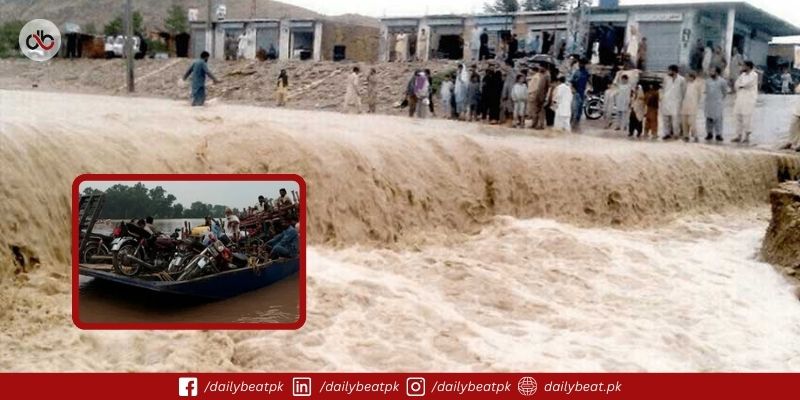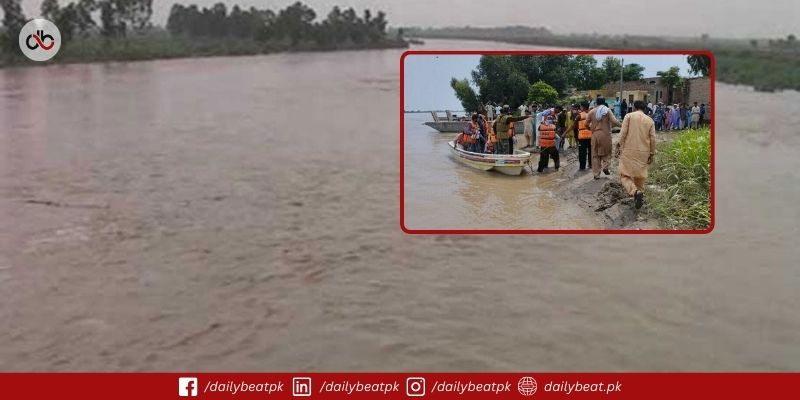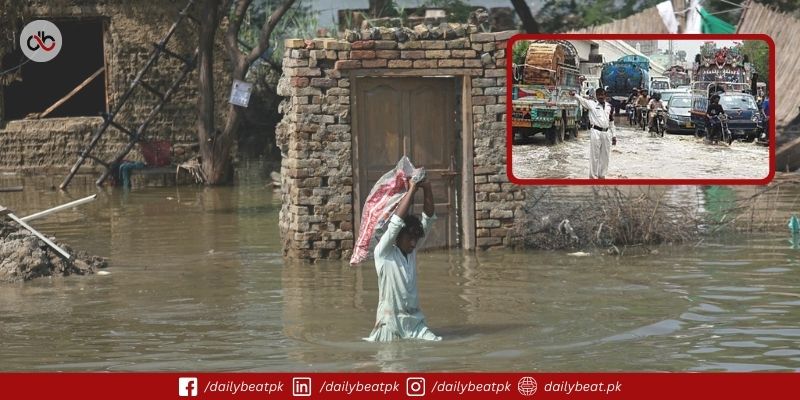Hunza Valley, a scenic destination in northern Pakistan, recently experienced a dangerous flash flood that disrupted lives and tourism. On June 25, a massive rush of muddy water struck the Attabad lakeside, catching tourists and locals off guard.
The incident began with a distant roar and the sound of rocks grinding together. Mohammad Hussain, a student visiting the area, watched the flood from Moon Bridge. He described it as a terrifying yet overwhelming scene, with boulders slamming into the earth as muddy water surged forward.
Unusual heat in the region had triggered rapid snowmelt in the nearby mountains. This caused the Burundubar stream to overflow and flood the area, including parts of the popular Attabad Lake. According to officials, the sludge reached and surrounded the Luxus Hotel, trapping both guests and staff inside.
Zubair Ahmed Khan, assistant director of the local disaster authority, confirmed that over 150 people were rescued with the help of boats. He explained that although this stream had only flooded three times since the hotel opened, it has already done so twice this year. This, he warned, may be a sign of more trouble ahead.
Experts link these events to larger climate changes affecting fragile mountain regions. A recent 2024 study revealed that Gilgit Baltistan is at increasing risk from climate-related disasters, including avalanches, floods, and glacier lake outburst floods (GLOFs). Reduced snowfall has also led to water shortages and food insecurity for local communities.
Environmental officials stress the need for better planning and caution against building in natural flood channels. These areas may seem safe, but sudden weather shifts can make them extremely dangerous.
As global temperatures rise, mountain tourism faces growing uncertainty. Popular destinations may soon become high-risk zones, posing new challenges for both tourists and those who live there.
For more on how extreme weather is affecting daily life in Pakistan, Rawalpindi declares a public holiday amid heavy rains.















